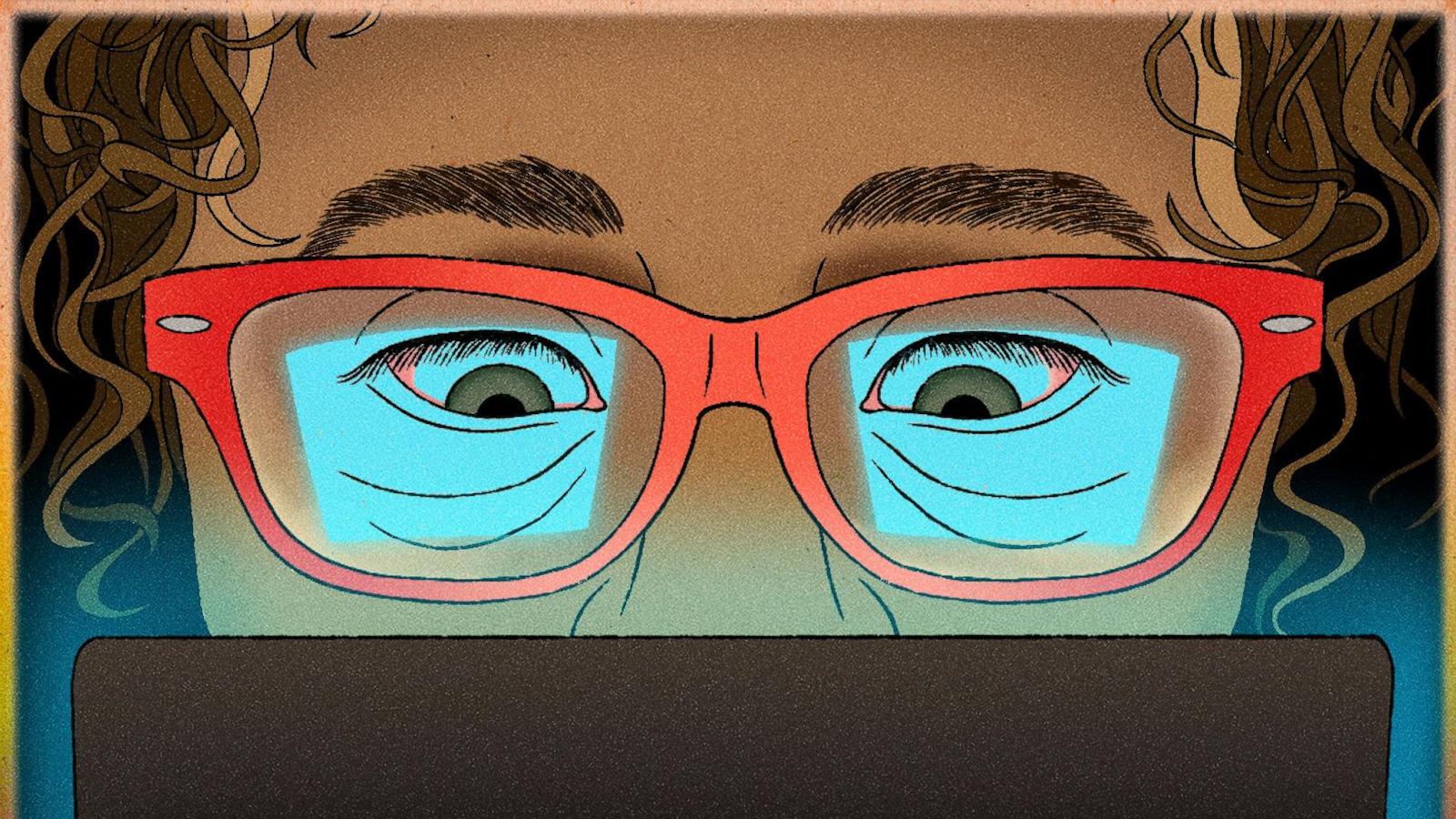Battling Digital Eye Strain: How to Protect Your Vision in a Screen-Filled World
Are you experiencing blurry vision, headaches, and eye strain after long hours staring at screens? You're not alone! Millions struggle with digital eye strain, and in this comprehensive guide, we'll dive into the causes, symptoms, and most importantly, effective solutions to combat this modern-day ailment.
Understanding Digital Eye Strain: The Silent Thief of Productivity
Digital eye strain, also known as computer vision syndrome, is a growing concern in our increasingly digital world. Spending hours staring at screens causes the tiny muscles that control eye focus to work overtime. Think of it like holding a light weight above your head for hours; even though it's light, it leads to fatigue and discomfort. The reduced blinking rate while focusing on screens intensifies dry eyes and contributes to the discomfort. The problem isn't solely limited to work settings; the pervasiveness of smartphones, tablets, and screens everywhere affects children and adults. Symptoms manifest as dry or watery eyes, blurry vision, headaches, and sometimes even vertigo! What was once only a nuisance for office workers has turned into an epidemic.
The Culprits: Screen Time and its Deceptive Nature
The culprit is clear: prolonged near-work activity. Whether staring at a computer monitor all day or scrolling through social media on your phone, constantly focusing on close-up objects overloads your eye muscles. Many of us don't realize just how much screen time we consume. On average, 104 million Americans spend over seven hours a day looking at various screens. Add that to another hour or two of screen use at home, and you are clearly looking at a dangerous trend that impacts eye health. For instance, prolonged near-work such as using an ipad before bedtime might be the reason you struggle to get proper rest. This impacts not only work and school but also our precious family time.
Reclaiming Your Vision: Practical Strategies for Relief
Fortunately, managing digital eye strain is within your reach. The American Optometric Association and American Academy of Ophthalmology suggest simple yet effective steps that make a noticeable difference. In simple terms, these include:
- The 20-20-20 Rule: Every 20 minutes, look at something 20 feet away for 20 seconds. This simple technique allows your eye muscles to relax. It's the small things that matter.
- Blink More Frequently: Consciously increase your blink rate. Artificial tears or lubricating eye drops can alleviate dryness. This is something even small children could adopt
- Increase Monitor Distance and Adjust Screen Positioning: Sitting an arm's length from your monitor with the top of the screen at or slightly below eye level reduces strain. Many find a larger monitor to be a huge advantage!
- Embrace Breaks and Outdoor Time: Frequent short breaks are crucial. Taking a walk outside provides a natural eye rest and combats digital eye strain.
- Optimize Screen Settings: Adjust font size and brightness to maximize comfort. The brightness on your phone and computer is often easily adjustable
Beyond the Basics: Addressing Underlying Issues and Children's Health
While these strategies offer significant relief, they're not a one-size-fits-all solution. Regular eye exams are crucial for early detection of underlying eye problems that might worsen with excessive screen time. Don't forget the effects on children. Near work might accelerate nearsightedness. Studies suggest a lot more screen time, particularly before sleep may have adverse effects. These effects on children's vision highlight the need to incorporate more physical activity. This explains why doctors are now even prescribing 'two hours of outside time per day'. This highlights the necessity to limit near-work activity.
Take Away Points
Digital eye strain is a significant issue, but manageable with consistent effort. Make a concerted effort to limit screen time and consciously incorporate the suggested strategies into your daily routine. By taking these precautions, you'll improve vision, reduce headaches, and reclaim valuable personal time.




